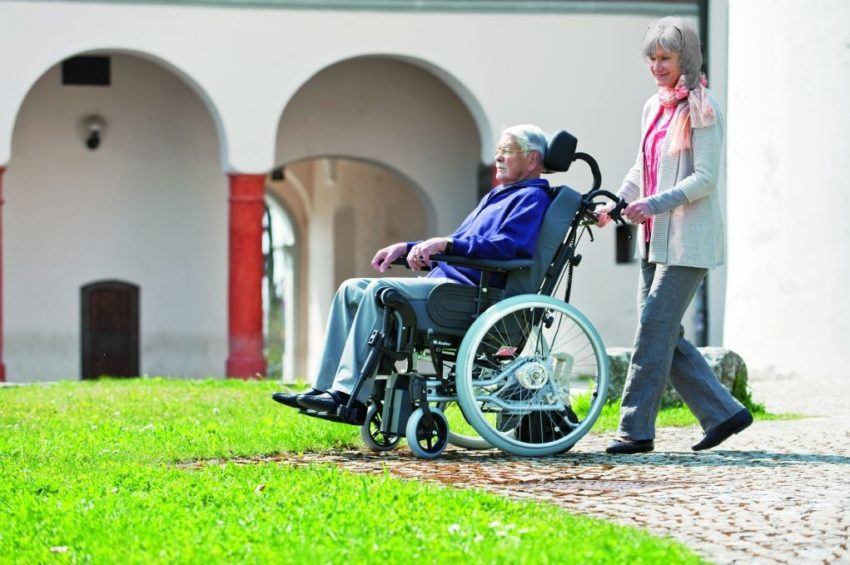
As spring starts to (finally!) bloom, many of us start thinking of sunshine and outdoor activities. If you have the outdoor space and green fingers, gardening may be a hobby that you really enjoy in these warmer months, but gardening when you are disabled can often become more of a chore than good fun.
For those of you who want to take pride in your outdoor space but aren’t really sure how to do it, here are a few suggestions and tips that may help you. Here’s hoping your plants flourish from your new gardening skills!
1. Don’t tackle the whole space at once
Big jobs like gardening can often seem overwhelming, especially if you have limited mobility and certain tasks take longer than usual. Don’t worry about planting flowers, mowing lawns and sweeping leaves all at once, instead, give yourself a task each week and all of the tasks will be done in no time! This way, each task will become more enjoyable as you can take your time.
2. Invest in some accessible gardening equipment
If you are a keen gardener but struggle with standing and crouching for longer periods of time, you might want to invest in a garden kneeler or a garden rocker chair to enable you to do what you love the most in comfort and with ease. Garden kneelers often have pouches at their sides for gardening tools to be placed in, and garden rocker chairs are contoured to fit with your shape, and rock with you to support you when you are leaning forward or back to weed, sweep or plant. If you experience pain in your joints, make sure you are also wearing comfortable gloves and possibly even knee pads to aid you when you are gardening.
3. Make your garden more accessible for you
If you can, it’s a good idea to adapt your outdoor garden space so that it works well for you. If you are a wheelchair user, why not plant your favourite flowers in a hanging basket rather than in the ground? That way, you can tend to them and appreciate them at your eye level. If you are of shorter stature, you might prefer to use stand-alone plant pots that can be placed on the ground. Making your garden accessible and inclusive to you is a huge factor in enjoying it to its full potential, and making gardening fun rather than a stressful hassle.
We hope that this article has given you some great tips and suggestions of how to make gardening work for you as a disabled person, whether that involves taking your time with gardening tasks, buying some accessible gardening equipment or changing the layout of your garden, or the products you use within it, to make it more accessible and enjoyable for you.
Keep reading
** This post was originally published on https://www.passionatepeople.invacare.eu.com/garden-chairs-for-disabled-a-guide-to-gardening/


